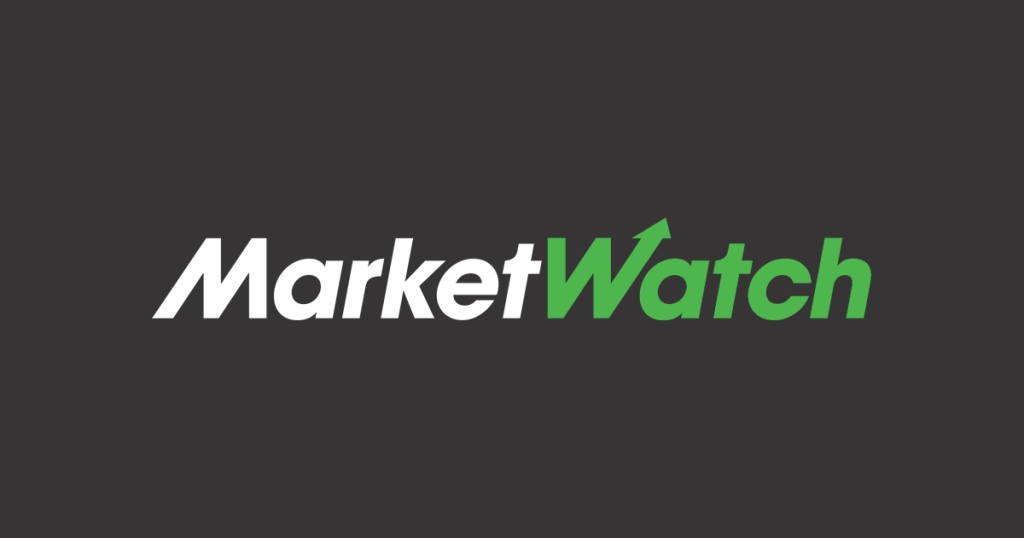Rio Tinto, the world’s second-biggest miner by market value, on Tuesday reported higher third-quarter aluminum and mined copper production year-on-year, and downgraded full-year output guidance for its Iron Ore Company of Canada business. Here are some remarks from its third-quarter results.
On China iron-ore portside trading:
“We continue to see strong demand for Rio Tinto’s portside product in China. Our iron-ore portside sales were 17.5 million tons in the first nine months of 2023 (19.5 million tons in the first nine months of 2022). At Sept. 30, inventory levels were 6.3 million tons, including 3.1 million tons of Pilbara product. In the first nine months of 2023 approximately 87% of our portside sales were either screened or blended in Chinese ports.”
On its Pilbara iron-ore operations:
“We produced 83.5 million [metric] tons (Rio Tinto share 70.9 million tons) in the third quarter, 1% lower than the corresponding period of 2022. Shipments of 83.9 million tons (Rio Tinto share 71.7 million tons) were 1% higher than the third quarter of 2022, and 6% higher than the prior quarter. SP10 was a larger proportion of shipments during the third quarter (17%), and are expected to remain elevated in the next period.
Shipments in the first nine months of 2023 were 5% higher than the first nine months of 2022 reflecting improved performance across the Pilbara system, ramp up of our Gudai-Darri mine and an uplift in productivity from implementation of the Safe Production System. We continue to expect full-year shipments in the upper half of the original 320 to 335 million-ton range, which includes a 5 million-ton benefit from the implementation of the Safe Production System. SP10 volumes are expected to account for 45 to 50 million tons of 2023 shipments (13% to 15%).”
On aluminum production:
“Aluminium production of 0.8 million tons was 9% higher than the third quarter of 2022 as we returned to full capacity at our Kitimat smelter and completed cell recovery efforts at our Boyne smelter. With Kitimat back at full capacity, we are focused on improving stability and removing associated start-up costs to normalize profitability of the smelter. All our other smelters continued to demonstrate stable performance during the quarter.”
On Kennecott copper operation:
“Mined copper production was 4% lower than the third quarter of 2022 as the concentrator returned to full capacity during the period, recovering from the conveyor failure which occurred in March 2023. Refined copper production was 53% lower than the third quarter of 2022 as we completed the largest rebuild of the smelter and refinery in Kennecott’s history during the quarter.”
On Escondida copper operation:
“Mined copper production was 5% higher than the third quarter of 2022 driven by higher copper feed grades combined with increased sulphide leach stacking volumes. Refined production was 5% higher than the third quarter of 2022 due to improved oxide leach performance.”
On Oyu Tolgoi copper operation:
“Mined copper production on a 100% basis increased 16% from the third quarter of 2022 as the ramp-up in underground production continued to plan, delivering higher average copper head grades (0.52% versus 0.42%). During the quarter we delivered 0.9 million tons of ore milled from the underground mine at an average copper head grade of 1.73%, and 8.8 million tons from the open pit with an average grade of 0.39%.”
On Iron Ore Company of Canada:
“Iron-ore production was 14% lower than the third quarter of 2022, as operations were impacted by extended plant downtime and conveyor belt failures, while we also recovered from wildfires which took place in Northern Quebec in the prior quarter. Given these challenges our full-year production guidance has been reduced to 9.3 to 9.8 million tons (previously 10.0 to 11.0 million tons).
Shipments were 17% lower than the third quarter of 2022, driven by lower production. Logistics have resumed full operations following the wildfires, however disruptions remain a risk as we repair areas of the rail line damaged by fire.”
On iron-ore market:
“Iron-ore prices rose by 7% during the quarter, lifting the average 62% Fe CFR China price to $114 per dry ton, up 3% quarter-on-quarter. China’s domestic steel demand is up 1% year-to-date to August 2023 despite continued weakness in residential property, while a 40% spike in net steel exports lifted crude steel production and iron-ore imports by 4.5% and 5%, respectively. This, coupled with headwinds to China’s domestic iron ore production, led to portside iron-ore inventories declining to a three-year low of 114 million tons at the end of the quarter, despite the [circa] 8 million-ton quarter-on-quarter increase in seaborne iron-ore supply.”
On aluminum market:
“The LME cash aluminum price rose by 10% over the quarter, although the $2,154/ton average price was 5% lower than the second quarter. Smelter restarts in Yunnan were completed, lifting Chinese production, but reported Chinese inventories remained low, due to strong demand driven by solar modules construction. However, aluminum shipments and orders, in the U.S., Europe and Japan, except for the transport sector, remained weak. Meanwhile, declining raw materials costs eroded cost support for aluminum.”
Write to Rhiannon Hoyle at [email protected]
Read the full article here





